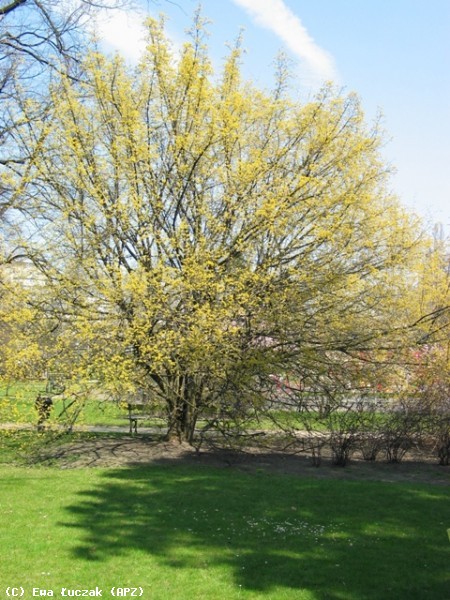
To avoid the “dead zone,” never remove more than one-third of the foliage of a narrowleaf evergreen. Drastic pruning of narrowleaf evergreen plants can kill them. If you remove all the scales or needles with a pruning cut, no new growth will occur on the remaining limb. Narrowleaf evergreens often are thought of as having a “dead zone” on the older parts of the branches. Narrowleaf evergreens do not have latent buds, so you can't prune them as severely as broadleaf evergreens. Narrowleaf evergreen shrubs need occasional foliage shearing in early spring to control size.

Examples are junipers, arborvitae, pine, cedar, and spruce. Narrowleaf evergreens have tiny, scale-like or needle-like leaves. Before pruning | after pruning | new growth following severe pruning Prune this way in early spring, before new growth begins. They can be pruned severely (cut to 6 to 12 inches from the ground) with satisfactory results. You can tip-prune to encourage a thick, well-shaped plant, but after many years, some dwarf shrubs may need rejuvenating. Dwarf plants normally have a compact, dense growth habit and do not need much pruning to control size or shape. Some broadleaf evergreens may be dwarf plants. If these specialized cells (latent buds) are present, you can prune the plant drastically and not worry about killing it. A latent bud remains dormant until stimulated into growth. Examples of broadleaf evergreen plants are hollies, ligustrum (privet), photinia (red tip), elaeagnus, euonymus, cleyera, azaleas, pyracantha, nandina, gardenia, pittosporum, sweet olive, boxwood, camellia, aucuba, mahonia, fatsia, and southern magnolia.Īlong the limbs, branches, and trunks of broadleaf evergreen plants are specialized cells (latent buds) that can become growing buds. That's why we call these plants evergreen.īroadleaf evergreen plants are the most popular landscape plants used in the South. The shedding of old leaves and the growth of new ones on evergreen plants are timed so the plant is rarely, if ever, without leaves. Know your plant type before you begin pruning.

Each type has specific responses to pruning. Most woody landscape plants can be put in one of these categories: broadleaf evergreens, narrowleaf evergreens, or deciduous plants. To remove plant parts that may interfere with structures or utility lines or that may create a visibility problem.To direct or train trees to grow in a particular form to eliminate problems.To develop a specific plant form, such as a hedge or an espalier, as in formal landscape designs.To stimulate flowering and/or fruit production of old plants.To remove diseased, insect-infested, dead, or abnormal plant tissue.To remove undesirable growth that distracts from the balance or symmetry of the plant.

To keep or limit the size and shape of a plant so it won’t overpower the landscape.Review the following considerations before starting to prune your landscape plants.

Before trying to prune your landscape shrubs and trees, consider the basic principles of pruning. But after a few more days, tiny buds appear at the end of short twiggy side shoots.Pruning is one of the least understood practices of landscape maintenance. It’s smart - it knows that one swallow does not make a spring. On the first warm days the shrub remains bare. It is my thermometer, gauging my level of optimism, telling me whether spring is here or not. It is my surrogate swimmer, cautiously putting a toe in the water, then pulling it back. Still, the main reason I like my Cornelian cherry is the act it puts on at this time of year. In fact, the only thing I can remember doing to mine is pruning out dead wood, a pleasant task whenever the sun is shining. It isn’t fussy about the soil either, although I’m sure that a fertile soil and a modicum of water will help it grow faster. It isn’t particular, growing well in sun or part shade.
PRUNING CORNUS MAS PLUS
They are dark green and slightly glossy in summer occasionally they will colour in autumn but overall they are so uninteresting that I can’t find a single photo that shows them in any season.įor one thing, it is pest-free - and that’s a big plus in an organic garden. The leaves aren’t much to write home about either. (Will it become better with age? I hope so.) The branches are upright and the short trunk needs to be pruned up if you want to show off the exfoliating bark which, on my specimen, is nothing to write home about. I planted the one you see in the photo above in 2005 and in eleven years, it has barely doubled in size. This picture isn’t very good and it’s the best I have.Ĭornus mas is a slow-growing deciduous shrub or small tree.


 0 kommentar(er)
0 kommentar(er)
